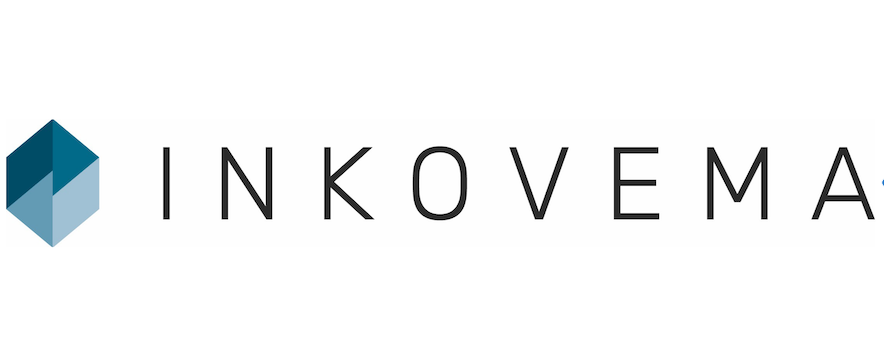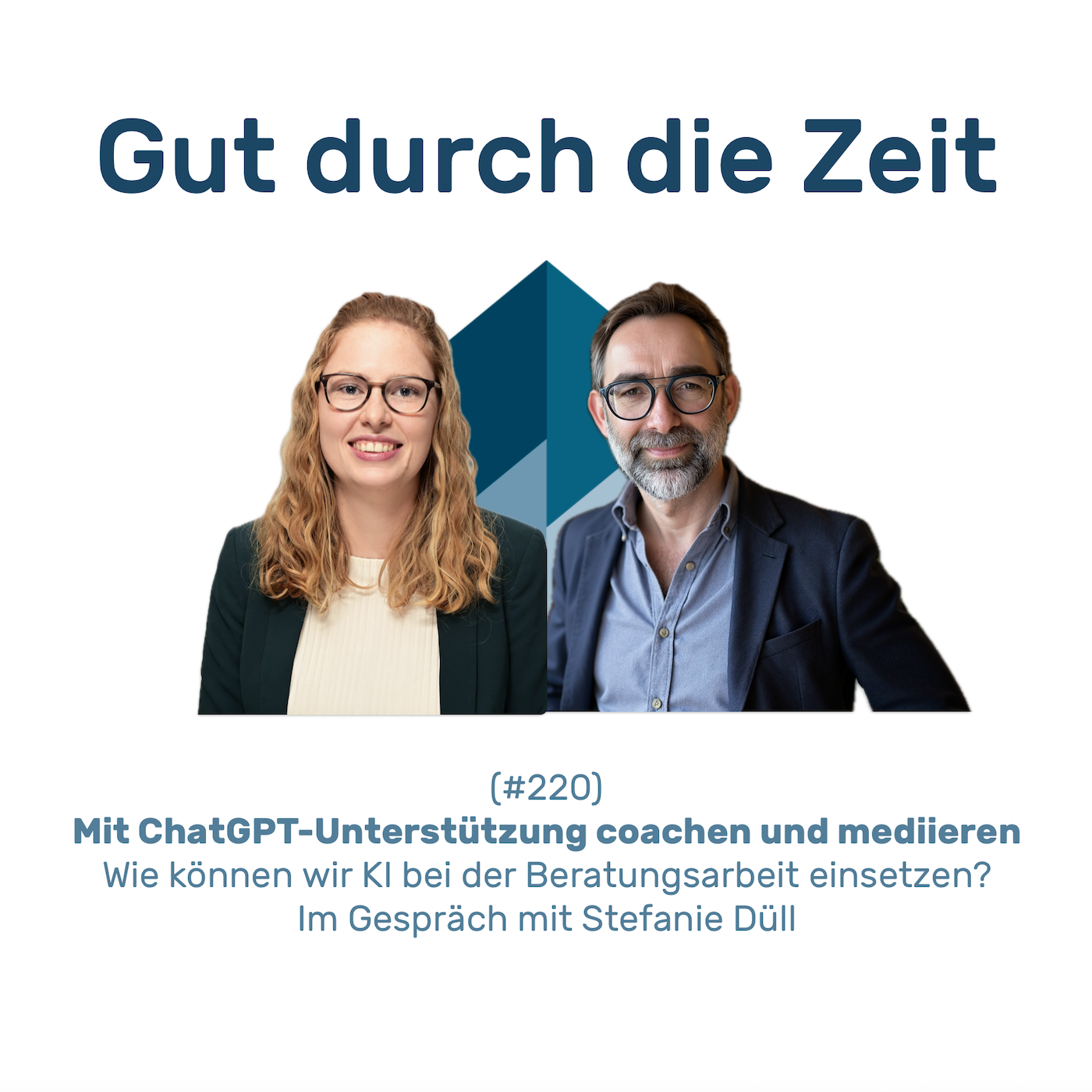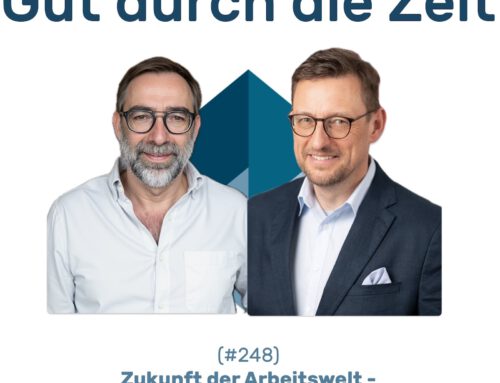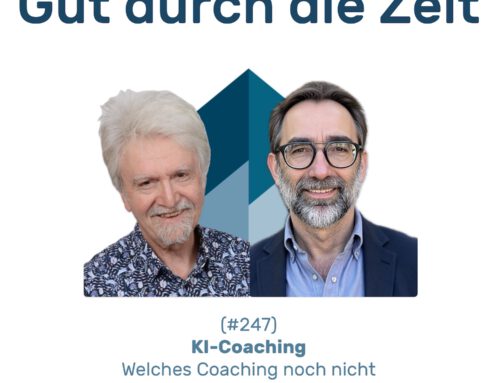INKOVEMA Podcast „Well through time“
#220 GddZ
Coaching and mediating with ChatGPT support
How can artificial intelligence support us in our counselling work?
How can we use them for our counselling work?
In conversation with Stefanie Düll
Stefanie Düllis a systemic coach with a Master's degree in Counselling and Coaching (M.A.) and in Digital Transformation (M.Sc.). In her work, she combines counselling with new technologies. This is an experiment in integrating the „Inner Team“ concept from the Hamburg School around Friedemann Schulz von Thun into counselling work in a supportive way.
Small series: New technologies for mediation and counselling
Contents
Chapter:
0:06 Welcome to the podcast
0:45 Introduction to ChatGPT in coaching
5:10 The experiment with ChatGPT
7:30 Integration of AI in coaching
14:28 First results of the application
18:38 The future of integrative coaching
23:55 Important information for coaches
Summary of content
In this episode of the podcast „Rund durch die Zeit“ we talk to Stefanie Düll about the Innovative integration of artificial intelligenceChatGPT, in particular, into the coaching process. The integrative approach is a central theme: How can technology-supported coaching enrich and improve the interaction with clients? Stefanie, who works both in the IT sector and as a systemic coach, shares her experiences from an experiment in which she introduced AI into her consulting work.
Stefanie explains that her motivation comes not only from curiosity about new technologies, but also from the desire to better master the challenges that coaches often have to overcome in their work. She thinks that artificial intelligence can not only act as an organisational tool, but could also provide deeper insights into coaching processes. She hopes that AI will help to generate new ideas and improve feedback loops in coaching.
We discuss the specific challenges of using AI in coaching situations. Stefanie emphasises that the coach is responsible for deciding which parts of the process are delegated to the AI and that careful selection of the model is crucial for success. The example of the inner team makes it clear how this structure served as the basis for the experiment. …
After successfully conducting the experiment, Stefanie is positively surprised by the quality of the results, but emphasises that this is not the end of the development. Her findings show that AI can act as a valuable tool to gain deeper insights during the coaching process, as long as the coach keeps the overview and guides the client through the process accordingly.
We learn that there are some clients who are enthusiastic about this experimental approach, while others remain sceptical. Stefanie respects these different perspectives and emphasises the importance of voluntariness and motivation in coaching. The discussion also touches on how AI can open up new ways of accessing coaching, especially for people who find it difficult to open up to a human coach.
In conclusion, Stefanie encourages us to be open to the possibilities that technology offers and to keep experimenting to find out how AI can be usefully applied in coaching. It's an exciting and forward-thinking topic that encourages coaches to question their traditional methods and potentially develop new approaches.
Complete transcription





Leave A Comment